Measure familiar objects using our lucky clover in this St Patrick’s Day maths activity!
☘️Clover Shapes – Informal Measuring Goals!
Use this activity when studying the concept of measuring length using informal units. Students use the clover provided in the resource to measure the length of various objects around the classroom.
You’ve found the worksheet at the end of the rainbow! This activity is perfect for combining maths with lessons about St Patrick’s Day.
Students cut out the clover shapes and use them to measure real-life objects in their classrooms or around their homes. There are three sizes of clover, so your class will have the opportunity to compare sizes and measurements!
How to Measure Length Using Clover
- Distribute a set of clover to each student. Allow them time to cut out the shapes.
- Provide a copy of the accompanying worksheet. Read through the instructions together and answer any questions.
- Model how to measure using and counting the number of clover shapes. Make sure students understand they must measure in the same direction and use the same-sized clover each time!
- Monitor and support the students as they use their clover to measure the length of objects or spaces around the classroom. They can complete the task individually, in pairs (using one person’s clover), in small groups according to clover size (students with the same-sized clover work together), or work area (work with one object/space at a time and rotate).
- When the measurements are completed, allow them to find classmates who had longer/shorter/similar clover and copy these results onto their worksheet.
- Gather the class together and share measurements. Draw attention to the range of measurements for each object or space and link this back to the different clover sizes.
🌈 Scaffolding & Extension Tips
In addition to individual student work time, use this worksheet as a:
- guided group activity
- fast finisher activity
- whole-class review (via smartboard)
- Investigation
Use this activity to engage your students with hands-on measuring. Encourage them to think outside the box. What else could they measure?
Students who need extra support can complete this worksheet in a small group.
Alternatively, take advantage of the different versions of this resource:
- Circle – This version is suited to students working below their class level.
- Triangle – Use this version for students working to grade level expectations.
Easily Download & Print
Use the dropdown icon on the Download button to choose between the version of this resource you would like to use.
The Google Slides version of this resource is the perfect interactive activity for students to complete if working from home.
Prepare This Resource with Sustainability in Mind!
No matter how you decide to use this teaching resource, there are lots of ways to incorporate efficient practices that save time, resources and the planet!
We suggest:
♻️ Reuse It!
Update your rotations with activities fast finishers can work on. Print a few copies on card and slip them into dry-erase sleeves. Students can record their answers with a whiteboard marker, then erase and reuse.
♻️ Work as a Class
Project the worksheets onto a screen and determine the correct answers with your whole class or small group using choral responses. Additionally, students can rewrite the answers in their notebooks.
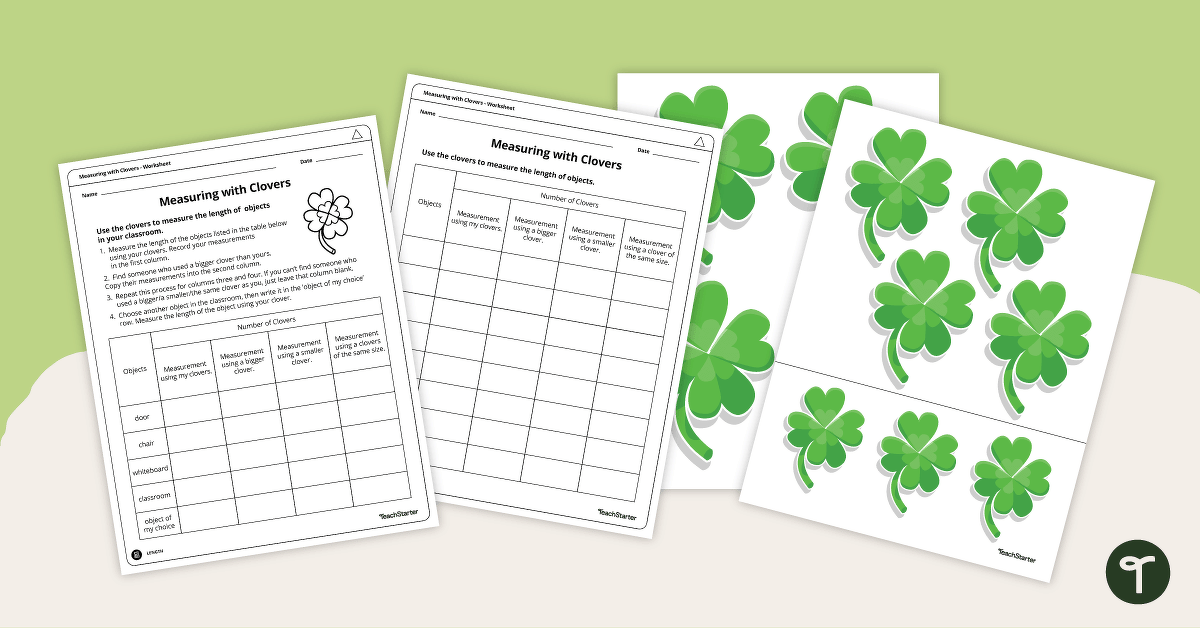

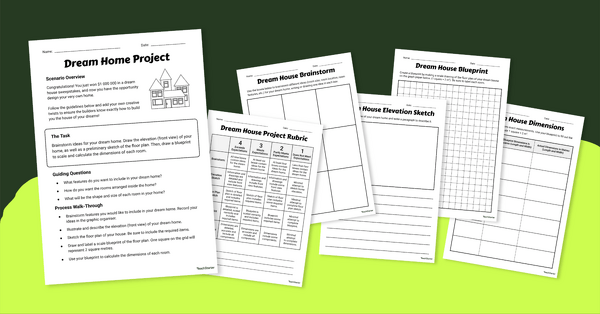
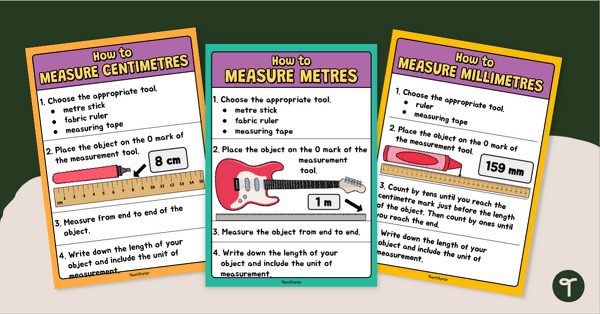
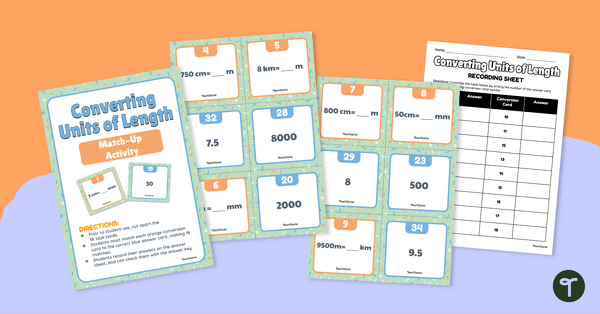

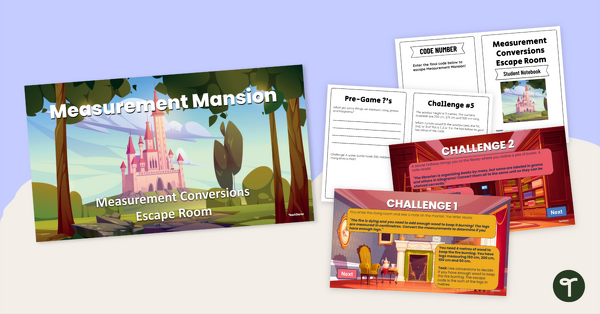
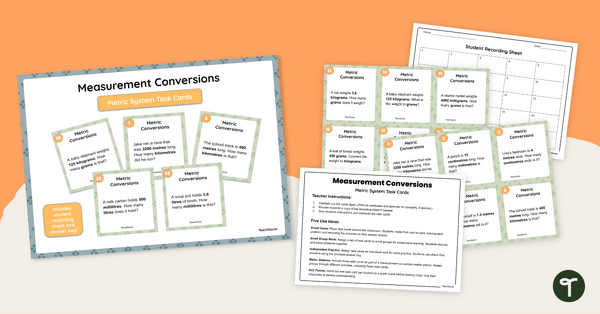
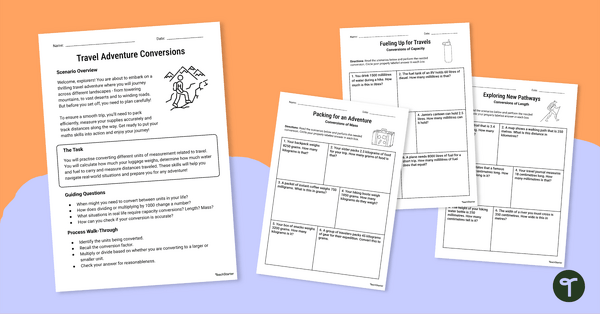
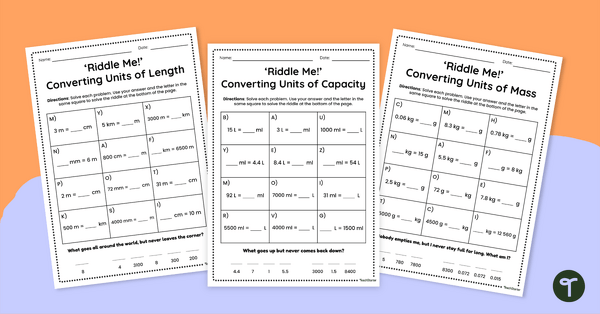
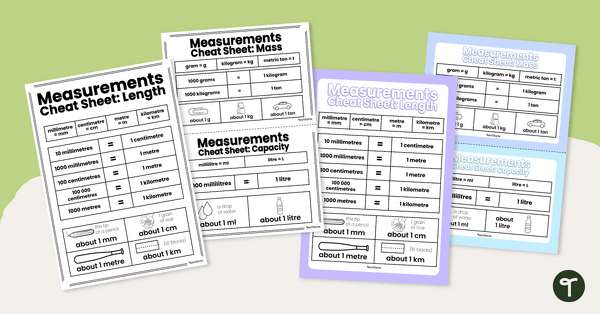
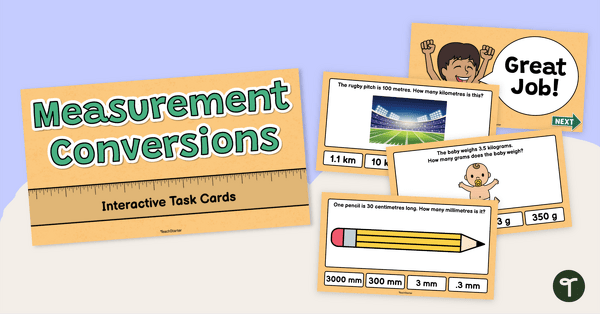
0 Comments
Write a review to help other teachers and parents like yourself. If you'd like to request a change to this resource, or report an error, select the corresponding tab above.